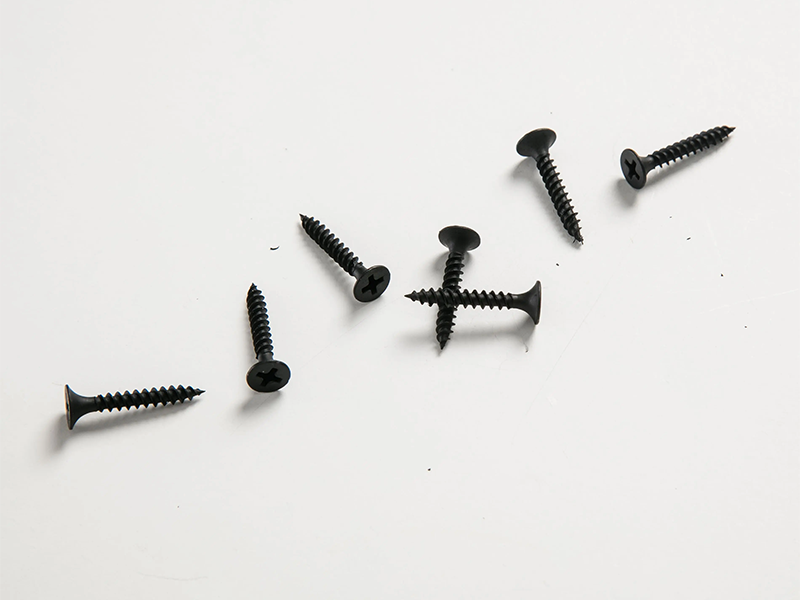Introduce:
When constructing or renovating a building, there is a critical element that is often overlooked but of great value in ensuring structural stability and durability – drywall laminating screws. These small but mighty fasteners play a vital role in securing drywall panels and creating a solid wall finish. In this blog, we’ll take a deep dive into the importance of drywall lamination screws, their function, and why choosing the right type can play an important role in achieving flawless wall construction.
Features of Drywall Laminating Screws:
Drywall lamination screws are specifically designed to securely attach drywall panels to wood or metal framing, effectively acting as a bridge between the substructure and the wall covering. They are designed to penetrate drywall without damaging or cracking it, providing a strong and stable hold for the panels while preventing any movement or shifting over time. These screws ensure that the drywall is held securely in place, enhancing the overall strength and integrity of the entire structure.
Different types and functions to consider:
1. Coarse thread drywall screws: These screws are designed with sharp, coarse thread threads to provide excellent holding power. They are commonly used to secure drywall panels to wood studs and framing, providing a secure grip and preventing any sagging or loosening.
2. Fine Thread Drywall Screws: Fine thread drywall screws are suitable for fastening drywall to metal studs. Due to the fine thread, these screws are ideal for securing panels to thin metal gauges, ensuring a secure hold without damaging the metal studs.
3. Self drilling screws: Self-drilling drywall screws are very handy when working with metal framing. These screws feature a drill-like tip that cuts right through metal studs without the need for pre-drilling, saving time and effort during installation.
Choosing the correct size and length of drywall lamination screws is equally important. Screws that are too short may not grip the drywall securely, causing sagging or falling out, while screws that are too long may puncture the surface or cause the panel to crack. Therefore, it is crucial to choose screws of sufficient length, taking into account the thickness of the drywall and the depth required to securely fasten it to the frame.
In conclusion:
Drywall lamination screws may seem like small components in the grand scheme of building construction, but their impact on wall stability and longevity should never be underestimated. By properly selecting and using the proper screws, builders can ensure a tight fit, prevent loosening or sagging, and maintain the structural integrity of the entire building. Therefore, the use of drywall lamination screws must be given priority from the initial stage of construction to ensure a strong and durable wall surface.
Post time: Aug-16-2023


